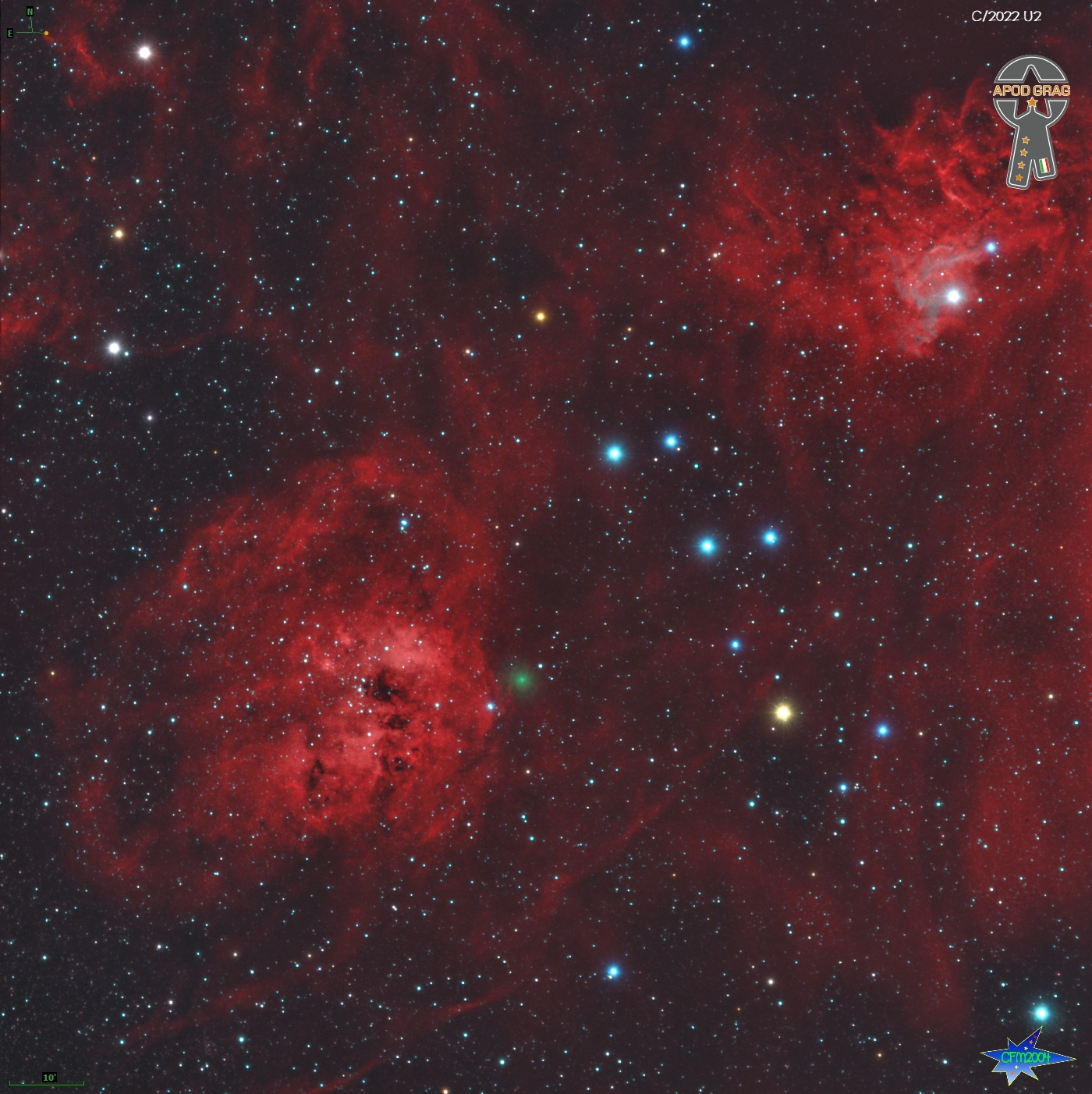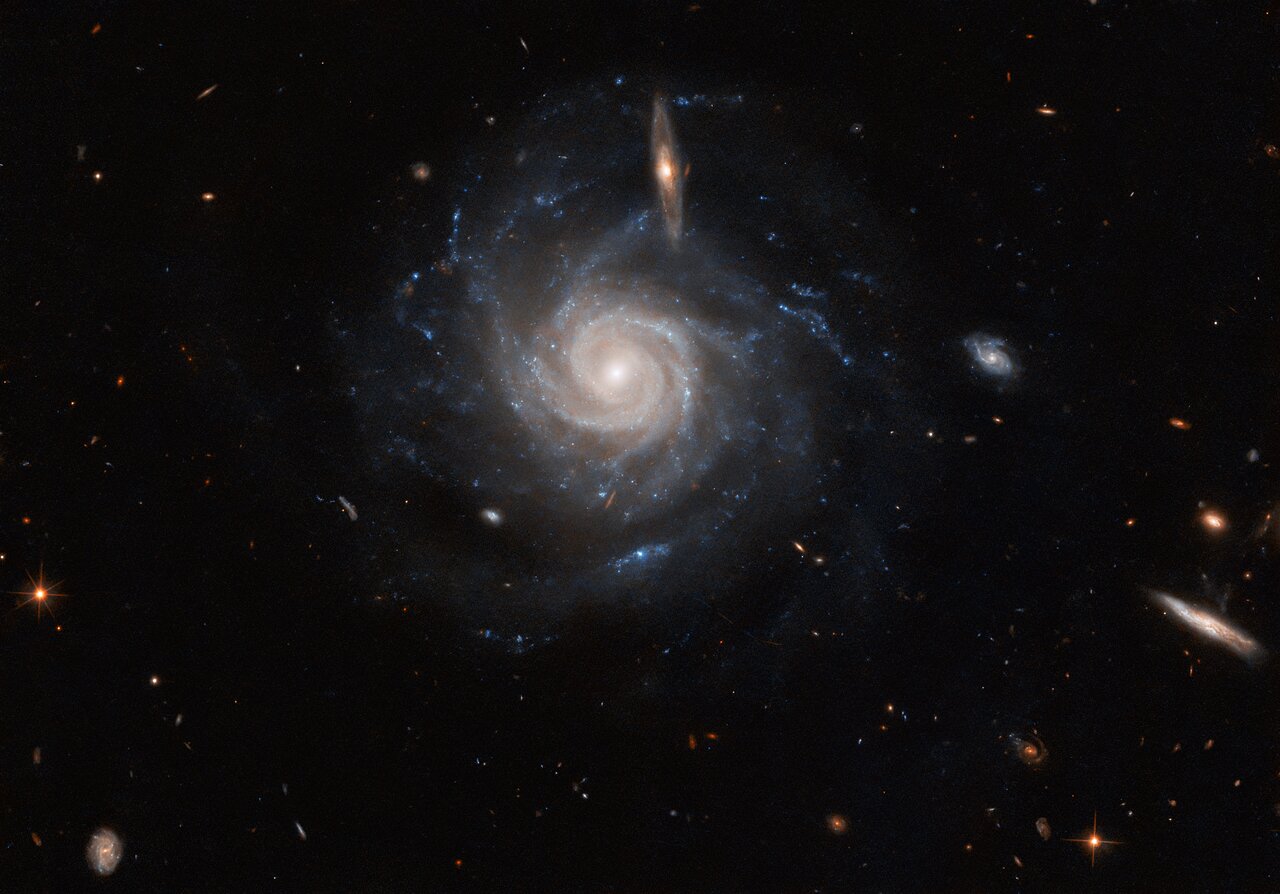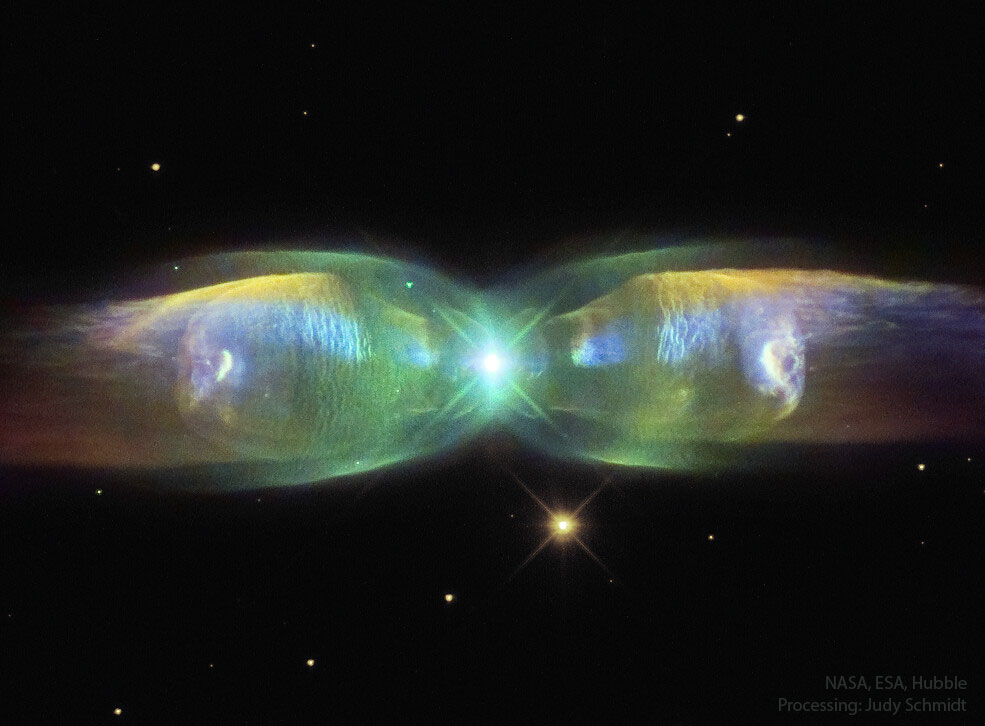Blog
Dudley Stuart John Moore CBE (19 April 1935 – 27 March 2002) was an English actor, comedian, musician and composer. Moore first came to prominence in the UK as a leading figure in the British satire boom of the 1960s. He was one of the four writer-performers in the comedy revue Beyond the Fringe from 1960 that created a boom in satiric comedy, and with a member of that team, Peter Cook, collaborated on the BBC television series Not Only… But Also. As a popular double act, Moore’s buffoonery contrasted with Cook’s deadpan monologues. They jointly received the 1966 British Academy Television Award for Best Entertainment Performance. They worked together on other projects until the mid 1970s, by which time Moore had settled in Los Angeles to concentrate on his film acting.
His career as a comedy film actor was marked by hit films, particularly Bedazzled (1967), set in Swinging Sixties London (in which he co-starred with Cook) and Hollywood productions Foul Play (1978), 10 (1979) and Arthur (1981). For Arthur, Moore was nominated for the Academy Award for Best Actor and won a Golden Globe Award. He received a second Golden Globe for his performance in Micki & Maude (1984). Moore was awarded a star on the Hollywood Walk of Fame in 1987, and was made a CBE by Queen Elizabeth II at Buckingham Palace on 16 November 2001 in what was his last public appearance.
more...Comet C/2022 U2 (ATLAS) is relatively close to earth and the sun, both about 1 A.U. and will reach earth’s MOID in January as well as Perihelion. The comet isn’t predicted to brighten better than 13th magnitude.

Daniel Richard Gottlieb (born April 18, 1953) is an American drummer. He was a founding member of the Pat Metheny Group and was co-founder of Elements with Mark Egan.
Gottlieb was born in New York City on April 18, 1953. He took lessons from Mel Lewisand Joe Morello and graduated from the University of Miami in 1975. Morello was his lifelong teacher, beginning in 1968 and through the late 1990s. He became a member of the Gary Burton Quartet in 1976 with Pat Metheny. He was one of the original members of The Pat Metheny Group from 1977 to 1983. Bassist Mark Egan was also in Metheny’s first group. Egan and Gottlieb formed the band Elements.
https://www.youtube.com/watch?v=8cgH7ja9UrM
more...Leo Parker (April 18, 1925 – February 11, 1962) was an American jazz musician, who primarily played baritone saxophone. Born in Washington, D.C., Parker studied alto saxophone in high school and played this instrument on a recording with Coleman Hawkins in 1944. Parker switched to baritone saxophone in 1944 when he joined Billy Eckstine‘s bebop band, playing there until 1946. In 1945, he was a member of the “Unholy Four” of saxophonists, with Dexter Gordon, Sonny Stitt and Gene Ammons.
more...Clarence “Gatemouth” Brown (April 18, 1924 – September 10, 2005) was an American singer and multi-instrumentalist from Louisiana. He won a Grammy Award for Best Traditional Blues Album in 1983 for his album, Alright Again!.
Early life[edit]
Brown was born in Vinton, Louisiana, and raised near Orange, Texas. His father was a railroad worker and local musician who taught him several musical instruments, including fiddle by age 5; as well as piano and guitar. He had at least one brother.
The barred spiral galaxy UGC 678 takes centre stage in this image from the NASA/ESA Hubble Space Telescope. The spectacular galaxy lies around 260 million light-years from Earth in the constellation Pisces and is almost face on, allowing its lazily winding spiral arms to stretch across this image. In the foreground, a smaller edge-on galaxy seems to bisect the upper portion of UGC 678. Just like humans, stars have a natural lifecycle; they are born, grow up, and eventually grow old and die. Studying this stellar life cycle — usually referred to as stellar evolution — is an important topic for astronomers. The ends of star lives can be marked by truly spectacular events, including titanic supernova explosions, the creation of unimaginably dense neutron stars, and even the birth of black holes. UGC 678 was recently found to be host to one of these events; in 2020 a robotic telescope scanning the night sky in search of dangerous asteroids discovered evidence of an enormous supernova explosion in the galaxy. Two separate Hubble observations turned to UGC 678 to scour the galaxy in search of the aftermath of its supernova explosion. One team of astronomers used Hubble’s Advanced Camera for Surveys, and the other the Wide Field Camera 3, but both aimed to explore UGC 678 in the hope of unearthing clues to the identity of the star that produced the 2020 supernova. [Image Description: A large spiral galaxy. It has many narrow arms that are tightly-twisted in the centre, but at the ends they point out in different directions. The galaxy’s core glows brightly, while its disc is mostly faint, but with bright blue spots throughout the arms. A few smaller spiral galaxies at varying angles are visible in front, and it is surrounded by other tiny stars and galaxies, on a black background.]

Jan Hammer (born 17 April 1948) is a Czech-American musician, composer, and record producer. He first gained his most visible audience while playing keyboards with the Mahavishnu Orchestra during the early 1970s, as well as his film scores for television and film including “Miami Vice Theme” and “Crockett’s Theme“, from the 1980s television program Miami Vice. He has continued to work as both a musical performer and producer.
Hammer has collaborated with some of the era’s most influential jazz and rock musicians such as John McLaughlin, Jeff Beck, Billy Cobham, Al Di Meola, Mick Jagger, Carlos Santana, Stanley Clarke, Tommy Bolin, Neal Schon, Steve Lukather, and Elvin Jones. He has composed and produced at least 14 original motion picture soundtracks, the music for 90 episodes of Miami Vice and 20 episodes of the television series Chancer.
His compositions have won him several Grammy Awards.
more...Charles Anthony “Buster” Williams (born April 17, 1942) is an American jazz bassist. Williams is known for his membership in pianist Herbie Hancock‘s early 1970s group, working with guitarist Larry Coryell from the 1980s to present, working in the Thelonious Monk repertory band Sphere and as the accompanist of choice for many singers, including Nancy Wilson.
Williams’ father, Charles Anthony Williams Sr., was a musician who played bass, drums, and piano, and had band rehearsals in the family home in Camden, New Jersey, exposing Williams to jazz at an early age. Williams was particularly inspired to focus on bass after hearing his father’s record of Star Dust, performed by Oscar Pettiford, and started playing in his early teens.
more...Johnny St. Cyr (April 17, 1890 – June 17, 1966) was an American jazz banjoist and guitarist. For banjo his by far most used type in records at least was the six string one. On a famous “action photo” with Jelly Roll Morton’s Red Hot Peppers he is holding a four string banjo, probably tenor. There is, however, no verified information if he ever used such an instrument on records.
St. Cyr was born in New Orleans, Louisiana and raised Catholic. He played for several leading New Orleans bands before moving to Chicago in 1923. He is best remembered as a member of Louis Armstrong’s Hot Five and Hot Seven bands. He also played with Jelly Roll Morton‘s Red Hot Peppers.He composed the standard “Oriental Strut”, known for its adventurous chord sequence.
During the 1950s, he performed and led a group named Johnny St. Cyr and His Hot Five and recorded with Paul Barbarin and George Lewis. From 1961 until his death in 1966, St. Cyr was the bandleader of the Young Men from New Orleans, who performed at Disneyland. He died in Los Angeles, California, and is buried in Evergreen Cemetery, in Los Angeles.
more...THE DEFEAT OF JESSE JAMES world premier Opening Saturday April 29th 730pm at the History Theater in St Paul. mick will be holding the percussion chair in the band. 
Are stars better appreciated for their art after they die? Actually, stars usually create their most artistic displays as they die. In the case of low-mass stars like our Sun and M2-9 pictured here, the stars transform themselves from normal stars to white dwarfsby casting off their outer gaseous envelopes. The expended gas frequently forms an impressive display called a planetary nebula that fades gradually over thousands of years. M2-9, a butterfly planetary nebula2100 light-years away shown in representative colors, has wings that tell a strange but incomplete tale. In the center, two stars orbit inside a gaseous disk 10 times the orbit of Pluto. The expelled envelope of the dying starbreaks out from the disk creating the bipolar appearance. Much remains unknown about the physical processes that cause and shape planetary nebulae. 
Henry Mancini (/mænˈsiːni/ man-SEE-nee; born Enrico Nicola Mancini, Maple Hys, Ohio April 16, 1924 – June 14, 1994) was an American composer, conductor, arranger, pianist and flautist. Often cited as one of the greatest composers in the history of film, he won four Academy Awards, a Golden Globe, and twenty Grammy Awards, plus a posthumous Grammy Lifetime Achievement Award in 1995.
more...Herbert Jay Solomon (April 16, 1930 – July 1, 2003), known by his stage name Herbie Mann, was an American jazz flute player and important early practitioner of world music. Early in his career, he also played tenor saxophone and clarinet (including bass clarinet), but Mann was among the first jazz musicians to specialize on the flute. His most popular single was “Hi-Jack“, which was a Billboard No. 1 dance hit for three weeks in 1975.
Mann emphasized the groove approach in his music. Mann felt that from his repertoire, the “epitome of a groove record” was Memphis Underground or Push Push, because the “rhythm section locked all in one perception.”
Herbie Mann was born in Brooklyn, New York, New York, to Jewish parents Harry C. Solomon (May 30, 1902 – May 31, 1980), who was of Russian descent, and Ruth Rose Solomon (née Brecher) (July 4, 1905 – November 11, 2004), of Romanian descent who was born in Bukovina, Austria-Hungary but immigrated to the United States with her family at the age of 6.
more...John Wesley Funchess (April 16, 1931 – February 1, 1994) known professionally as John (or Johnny) Littlejohn, was an American electric blues slide guitarist. He was active on the Chicago blues circuit from the 1950s to the 1980s.
Born in Lake, Mississippi, Littlejohn first learned to play the blues from Henry Martin, a friend of his father’s. In 1946 he left home and traveled widely, spending time in Jackson, Mississippi; Arkansas; Rochester, New York; and Gary, Indiana. He settled in Gary in 1951, playing whenever possible in the nearby Chicago area. Through his connections in Gary, he was acquainted with Joe Jackson, the patriarch of the musical Jackson family, and Littlejohn and his band reputedly served as an occasional rehearsal band for the Jackson 5 in the mid- to late 1960s.
Littlejohn played regularly in Chicago clubs (he was filmed by drummer Sam Lay playing with Howlin’ Wolf‘s band about 1961) but did not make any studio recordings until 1966, when he cut singles for several record labels.Later that year he recorded an album for Arhoolie Records and four songs for Chess Records. The Chess tracks were not issued at the time.
He recorded a few singles for small local labels but did not record another album until 1985, when Rooster Bluesissued So-Called Friends. Soon after, he fell into ill health. He died of renal failure in Chicago, on February 1, 1994, at the age of 62.
more...More Posts
- Cosmos LDN 4
- Peter Tosh
- Farid al-Atrash
- World Music Asro & Gangbé Brass Band
- Daily Roots The Viceroys
- Sukkot 2024 Chag Sameach
- Temple Israel Sukkot and Erev Shabbat Service
- Cosmos Comet C/2023 A3 Tsuchinshan-ATLAS
- Esperanza Spalding
- Wynton Marsalis
- Laura Nyro
- Billy Cox
- Chuck Berry
- Flamenco Fridays Camarón
- Daily Roots Paula Clarke
- Racism 1957-2024
- Buddha & Jesus
- Anais Nin
- Rico Rodriguez
- Cosmos COMET C/2023 A3 (TSUCHINSHAN-ATLAS)